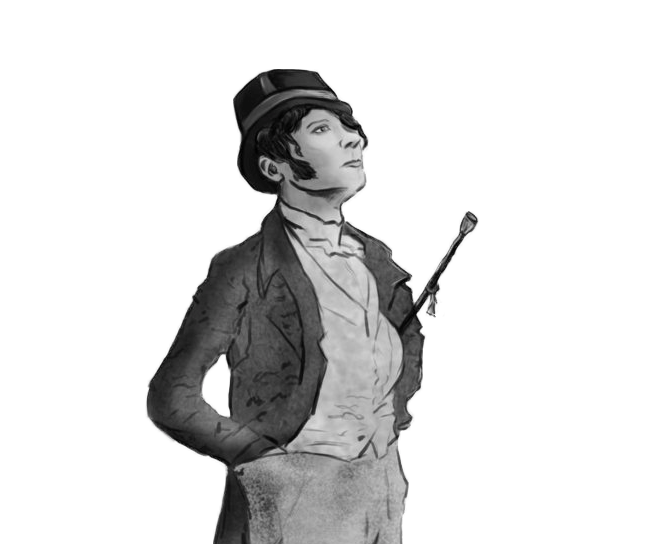
When I was younger I really couldn’t understand why would anyone would be obsessed with art or literature. As I grew older, the answer became more apparent to me. However, I think I still couldn’t explain that properly to anyone.
So I just found a great explanation in Alain De Botton’s book Status Anxiety. Botton has a chapter on art, which is (next to philosophy, bohemia, religion and politics) an antidote to the deficiencies of existence.
Here is a part of the chapter on art, where Botton talks about the arguments made by a poet and critic Matthew Arnold in his book Culture and Anarchy.
Far from being a mere salve, great art was in fact, Arnold argued, an effective antidote for life’s deepest tensions and anxieties. However impractical it might seem to “the young lions of the Daily Telegraph,” it was capable of presenting its audience with nothing less than an interpretation of and solution to the deficiencies of existence.
Every great work of art, suggested Arnold, was marked (directly or not) by the “desire to remove human error, clear human confusion, and diminish human misery,” just as all great artists were imbued with the “aspiration to leave the world better and happier than they [found] it.” They might not always realise this ambition through overtly political subject matter—indeed, might not even be aware of harbouring it at all—and yet embedded within their work, there was almost always some cry of protest against a status quo, and thus an impulse to correct the viewer’s insight or teach him to perceive beauty, to help him understand pain or to reanimate his sensitivities, to nurture his capacity for empathy or rebalance his moral perspective through sadness or laughter. Arnold concluded his argument with the idea upon which this chapter is built: Art, he insisted, was “the criticism of life.”
What are we to understand by Arnold’s phrase? First, and perhaps most obvious, that life is a phenomenon in need of criticism, for we are, as fallen creatures, in permanent danger of worshipping false gods, of failing to understand ourselves and misinterpreting the behaviour of others, of growing unproductively anxious or desirous, and of losing ourselves to vanity and error. Surreptitiously and beguilingly, then, with humour or gravity, works of art—novels, poems, plays, paintings or films—can function as vehicles to explain our condition to us. They may act as guides to a truer, more judicious, more intelligent understanding of the world.
